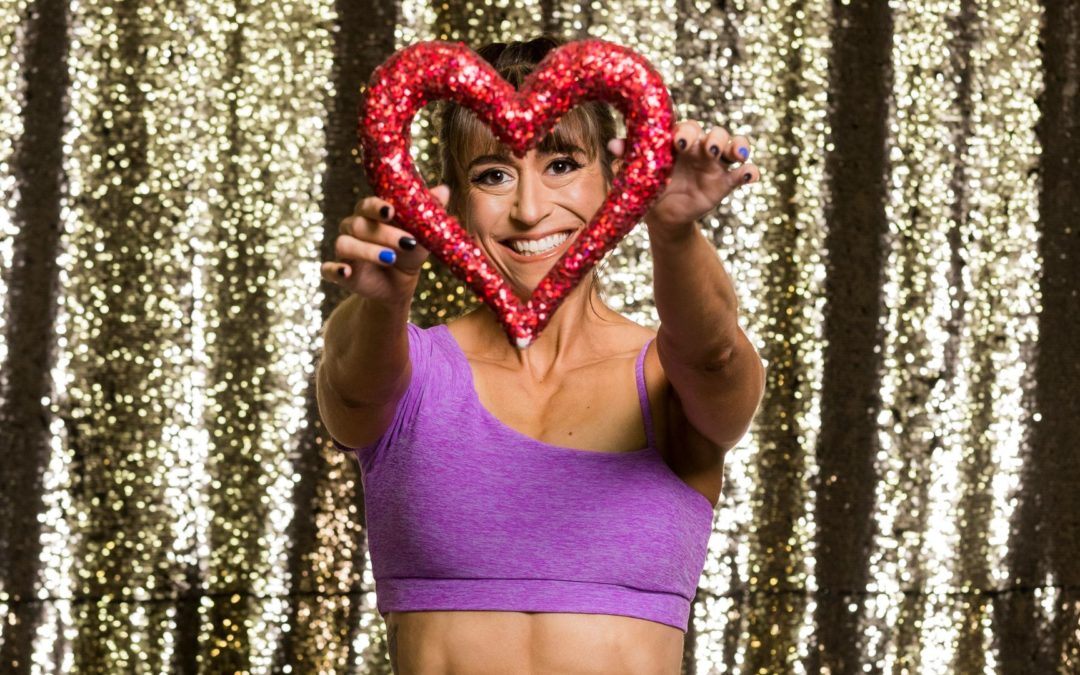
by Cori Lefkowith | Jan 3, 2023 | podcast
New Year…New Podcast Format!? HECK YES! Over the years, there have been a few evolutions of the Fitness Hacks Podcast as I work to provide better information and tips in ways that hopefully help more and more. That’s why this year, I want to start a new...

by Cori Lefkowith | Jan 1, 2023 | Blog, Exercises, Workouts
How does cardio actually impact your fat loss or muscle gains? In this video I’ll go over 5 things no one tells you about cardio and the impact it has on your results. Because cardio can sabotage your results based on how you include it! And, at the end of the video,...

by Cori Lefkowith | Dec 26, 2022 | podcast, Uncategorized
As we go into a New Year, we may be motivated to make some changes – to reach new goals. But all too often, only a few weeks into the New Year and new habits, we find ourselves completely unmotivated and lacking the “willpower” to maintain some of the habits...

by Cori Lefkowith | Dec 25, 2022 | Blog, Exercises, Functional Fitness, menopause-featured
If you’re looking for exercises to not only help you live a longer life but a healthier one, then this video is exactly what you need. In this video I am going to share with you why explosive exercises are key to include, 5 moves to improve your functional strength...

by Cori Lefkowith | Dec 20, 2022 | podcast
If you want to lose weight and keep it off for good, you’ve got to face some cold hard facts… As much as we like to just get excited about a new goal when we are motivated and even tell ourselves that it will be “easy,” to help ourselves embrace the change, this...






